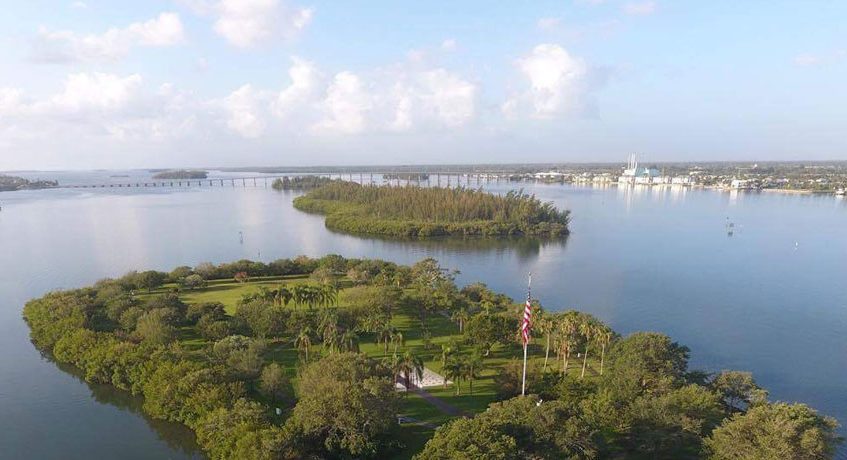Indian River County – The Indian River Lagoon
Saving the Indian River Lagoon is critical for the citizens of Indian River County. We depend on a healthy lagoon for our economy, our tax base and jobs, and for our recreation.
The Indian River Lagoon system spans 156 miles of Florida’s East Coast. It is an estuary, a transitional environment set between the land and the ocean. In estuaries, fresh water from uplands and tributaries meets and mixes with water from the ocean. The Indian River Lagoon is a particular type of estuary called a lagoon: a shallow estuary separated from the ocean by barrier islands. Lagoons like the Indian River Lagoon exchange water with the ocean only through inlets.
The Indian River Lagoon is home to a vast constellation of plants and animals. More than 2,000 species of plants, 600 species of fish, 300 species of birds, and 53 threatened or endangered species inhabit the Indian River Lagoon. It is one of the most biologically diverse estuaries in North America, with approximately 4,000 species. All of these flora and fauna rely on the water quality of the lagoon for their lives. Keeping a high-level of water quality is the responsibility of the citizens that reside along the lagoon.
Indeed, the Indian River Lagoon is an economic driver for the 5 counties it borders, including Indian River County. A recent study by the East Central Florida and Treasure Coast Regional Planning Councils showed the total annual economic output (value received) from the Indian River Lagoon in 2014 is about $7.6 billion. This same study also found that investments in projects that improve water quality in the lagoon make good economic sense. The study estimated that for every dollar spent on achieving a healthy and sustainable Indian River Lagoon, the lagoon returns $33 in total economic value.
That is why Democrats of Indian River County support a clean environmental economy and an increase in jobs that are bio-sustainable.

